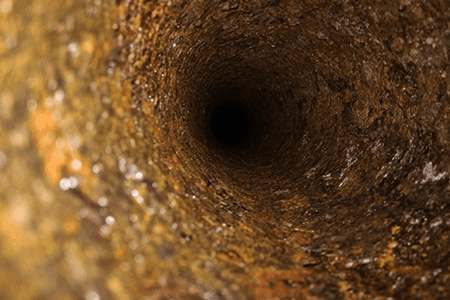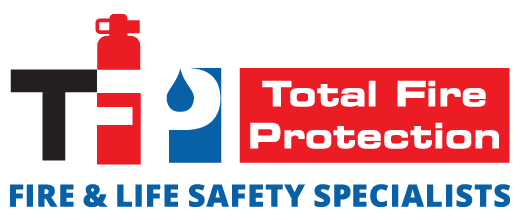 Many facility managers don’t find out about corrosion in their fire suppression system until it’s too late. Since water, minerals, and chemicals can find their way into your fire sprinklers, they’re always at risk for corrosion. Unfortunately, your piping can look pristine on the outside while corrosion is lurking inside, ready to cause a leak. Or worse, thwart your fire sprinklers when you need them.
Many facility managers don’t find out about corrosion in their fire suppression system until it’s too late. Since water, minerals, and chemicals can find their way into your fire sprinklers, they’re always at risk for corrosion. Unfortunately, your piping can look pristine on the outside while corrosion is lurking inside, ready to cause a leak. Or worse, thwart your fire sprinklers when you need them.
Causes of Corrosion in Your Fire Suppression System
Fire sprinkler system corrosion is most often caused by oxygen in your piping. Oxygen, water, and iron form a trifecta for rust. It doesn’t take long to set in either. This corrosion can start as soon as your sprinklers are installed.
In addition to rusting from the inside out due to a chemical process, microorganisms can colonize inside your sprinkler system and contribute to corrosion. Acid-producing bacteria, sulfur-reducing bacteria, and iron-related bacteria flourish in fire suppression systems because they never dry out.
In addition to rusting and biological attacks, corrosion can also occur due to minerals in the piping. Over time, minerals and other deposits wear the pipe walls thin. Pitting often occurs in localized areas of your fire suppression system as deposits move through the system. Many of a system’s first leaks are a result of localized pitting.
Prevent Corrosion in Your Fire Suppression System
Now that you know what causes corrosion, you’re probably wondering how you’re going to stop it. Well, you might not be able to bring it to a screeching halt, but if you follow these tips you can bring it to a slow crawl and save on replacement piping and service costs.
- Replace Pressurized Air With Nitrogen. In dry and pre-action systems, replace air with nitrogen. Without oxygen, rust can’t form inside your sprinkler system piping.
- Install Air Vents. Add venting valves to your wet piping system. These valves reduce oxygen corrosion that would otherwise be trapped in your wet sprinkler pipes.
- Get a Corrosion Monitoring System. This solution is of key importance to systems where environmental or water supply conditions increase risk. They track metal loss and gas composition.
- Replace Galvanized Steel Piping. It was once thought that the protective layer of zinc would keep steel pipe layers safe. But it actually fails faster. Stick with black steel.
- Stop Microorganisms. You can install piping that is resistant to bacteria that could corrode your piping. Or add a chemical treatment to your existing system.
Let the specialists at Total Fire Protection test, inspect, and maintain your fire suppression system. Get your free quote now!




